The Hymns of the Rgveda in a (In 2 Volumes)
"What can be more tedious than the Veda, and yet what can be more interesting, if once we know that it is the first word spoken by the Aryan man ." "The Veda has a two-fold interest: it belongs to the history of the world and to the history of India............As long as man continues to take an interest in the history of his race, and as long as we collect in libraries and museums the relics of former ages, the first place in that long row of books which contains the records of _the Aryan branch of mankind, will belong for ever to the Rig-veda."" F. MAX MULLER. THIS work is an attempt to bring within easy reach of all readers of English a translation of the Hymns of the Regveda which, while aiming especially at close fidelity to the letter and the spirit of the original, shall be as readable and intelligible as the nature of the subject and other circumstances permit. Veda, meaning literally knowledge, is the name given to certain ancient works which formed the foundation of the early religious belief of the Hindus. These are the Reveda, the SAmaveda, the Yajurveda, and the Atharvaveda; and of these the Reveda—so called because its Samhita or collection of mantras or hymns consists of Rchas or verses intended for loud recitation is the oldest, the most important, and the most generally interesting, some of its hymns being rather Indo-European than Hindu, and representing the condition of the Aryans before their final settlement in India. These four Vedas are considered to be of divine origin and to have existed from all eternity, the Rishis or sacred poets to whom the hymns are ascribed being merely inspired seers who saw or received them by sight directly from the Supreme Creator, In accordance with this belief these sacred books have been preserved and handed down with the most reverential car¢ from generation to generation, and have accompanied the great army of Aryan immigrants in their onward march from the Land of the Seven Rivers to the Indian Ocean and the Bay of Bengal. Each of these four Vedas is divided into. two distinct parts, one the Mantra containing prayer and praise, the other the Brahmana containing detailed directions for the performance of the ceremonies at which the Mantras were to be used, and explanations of the legends connected with them, the whole forming avast body of sacred literature in verse and in prose, devotional, ceremonial, expository and theosophic. The Samhita of the Rgveda is a collection of hymns and songs brought by the remote ancestors of the present Hindus from their ancient homes onthe banks of the Indus where they had been first used in adoration of the Father of Heaven, of the Sun, of Dawn, of Agni or the God of fire, in prayers for health, wealth, long life, offspring, cattle, victory in battle, and freedom from the bonds of sin; and celebration of the ever-renewed warfare between the beneficent thunder-wielding Indra, the special champion of the Aryans, and the malevolent powers of darkness and the demons of drought who withheld the rain of heaven. Of these hymns there are more than a thousand, arranged in ten Mandalas, Circles, or Books, in accordance with an ancient tradition of what we should call authorship, the hymns ascribed to the same Rishi inspired poet or seer, or to the same school or family of Rishi being placed together. Within these divisions the hymns are generally arranged more or less in the order of the deities to whom they are addressed. Agniand Indra are the Gods most frequently invoked. Hymns to Agni generally come first, next come those addressed to Indra, and after them those in honour of other deities or deified objects of adoration. The ninth Book is devoted almost entirely to Soma, the deified juice used in pouring libations to the Gods, and the tenth forms a sort of appendix of peculiar and miscellaneous materials. Independently of the evidence afforded by Indian tradition, there can be no reasonable doubt of the great antiquity of the Rgveda Samhita which, with the exception of the Egyptian monumental records and papyrus rolls, and the recently discovered Assyrian literature, is probably the oldest literary document in existence. But it seems impossible to fix, with anything approaching to certainty, any date for the composition of the hymns. In the first Hymn of Book I, ancient and recent or modern Rishis or seers are spoken of, and there is other internal evidence that some hymns are much older than others. Colebrooke came to the conclusion, from astronomical calculations, that a certain Vedic calendar was composed in the fourteenth century before the Christian era; from which it would follow, that as this calendar must have been prepared after the arrangement of the Rgveda and the inclusion of the most modern hymn, the date of the earliest hymn might be carried back, perhaps, some thousand years. The correctness of Colebrooke’s conclusions, however, has been questioned, and some recent scholars consider that his calculations are of a very vague character, and do not yield any such definite date. In the absence of any direct evidence, the opinions of scholars vary and must continue to vary with regard to the age of ‘the Hymns of the Rgveda. ‘The reasons, however," (to quote Professor Weber* ) "by which we are fully justified in regarding the literature of India as the most ancient literature of which written records on an extensive scale have been handed down to us are these :—In the more ancient parts of the Rgveda Samhita, we find the Indian race settled on the north-western borders of India, inthe Punjab, and even beyond the Punjab, on the Kubha, or Ka@¢yv, in Kabul. The gradual spread of the race from these seats towards the east, beyond the Sarasvati and over Hindustan as far as the Ganges, can be traced in the later portions of the Vedic writings almost step by step. The writings of the following period, that of the epic, consist of accounts of the internal conflicts among the conquerors of Hindustan themselves, as, for instance, the Mahabharata; or of the farther spread of Brahe manism towards the South, as, for instance, the Ramayana. If we connect with this the first fairly accurate information about India which we have from a Greek source, viz., from Megasthenes,* it becomes clear that at the time of this writer the Brahmanising of Hindustan was already completed, while at the time of the Periplus (see Lassen, J. AK., ii. 150, ns 1, St,, ii. 192) the very Southern-most point of the Dekhan had already become the seat of the worship of the wife of Siva. Whata series of years, of centuries, must necessarily have elapsed before this boundless tract of country, inhabited by wild and vigorous tribes, could have been ‘brought over to Brahmanism !"
Get it now and save 10%
BECOME A MEMBER

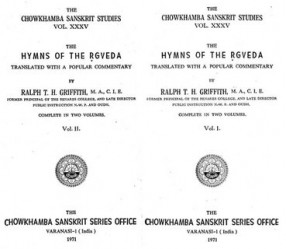

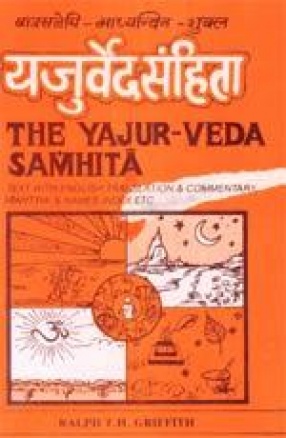
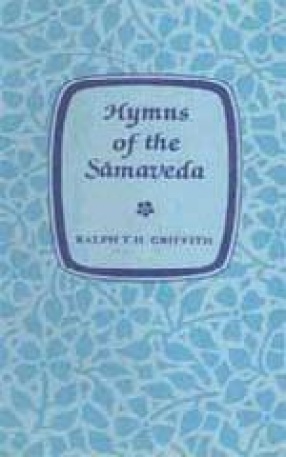
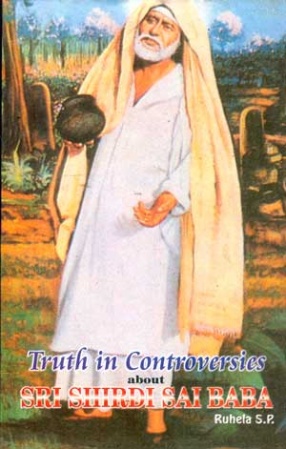


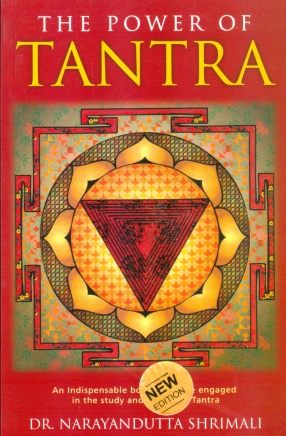

Bibliographic information